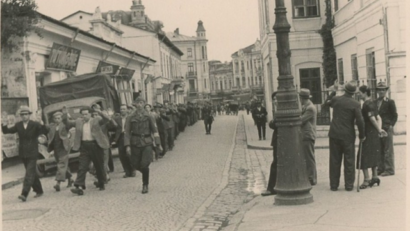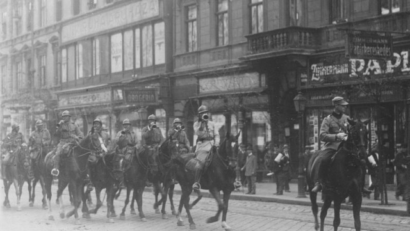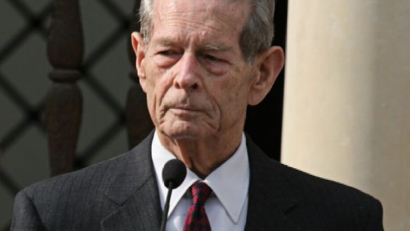
In the spring of 1944, the Hungarian authorities in Northern Transylvania started sending the Jewish population to the ghettos.

World War I, after 4 years of bloody conflict and tragedy, did not come to an end suddenly. It left every individual, ethnic and political group, and every nation feeling profound trauma.

In the 19th century, the Romanian intellectuals and society were trying to achieve the nation state.

A brief timeline of the events that day

In Bessarabia, the historical region that was incorporated into the Soviet Union in 1944, the opposition to the Soviet regime had its own national traits

Yiddish language and culture used to cover a very large area of Central and Eastern Europe, from the Baltic to the Danube, with the latter being considered its southern border.

Rock music in Romania in the 1970s and the 1980s was a way of challenging mainstream music. Some rock artists went even further, trying to...

Rock music in Romania in the 1970s and the 1980s was a way of challenging mainstream music

The Romanian press of late has started circulating a word with frightening associations: torturer.

A lot has been written about political collaborationism in relation to the communist regime and about the political collaborationism of intellectuals in particular

Before 1919, Jews in Romania had no civil rights.

One of the technical fields in Romania that were marked by a fast development after WWI was aviation

The totalitarian regimes, such as fascism and communism, benefitted from the support of certain intellectuals. They had various reasons to do that,...

Peace has always been a favourite theme in communist propaganda.

The story behind Liviu Babes's extreme gesture
